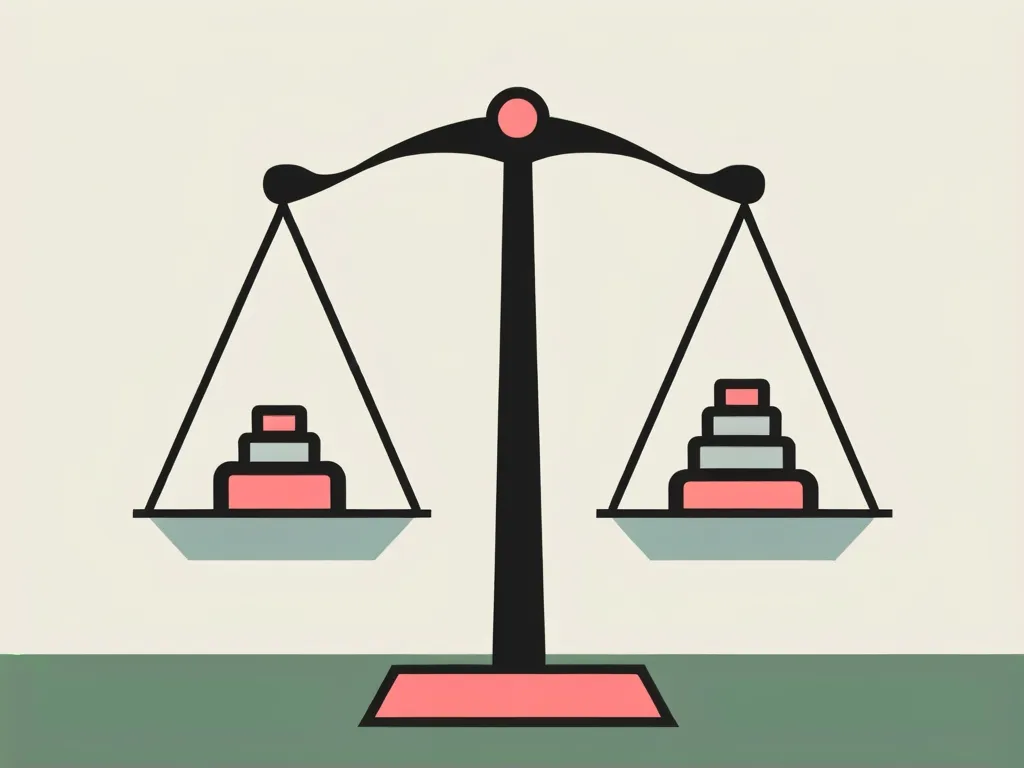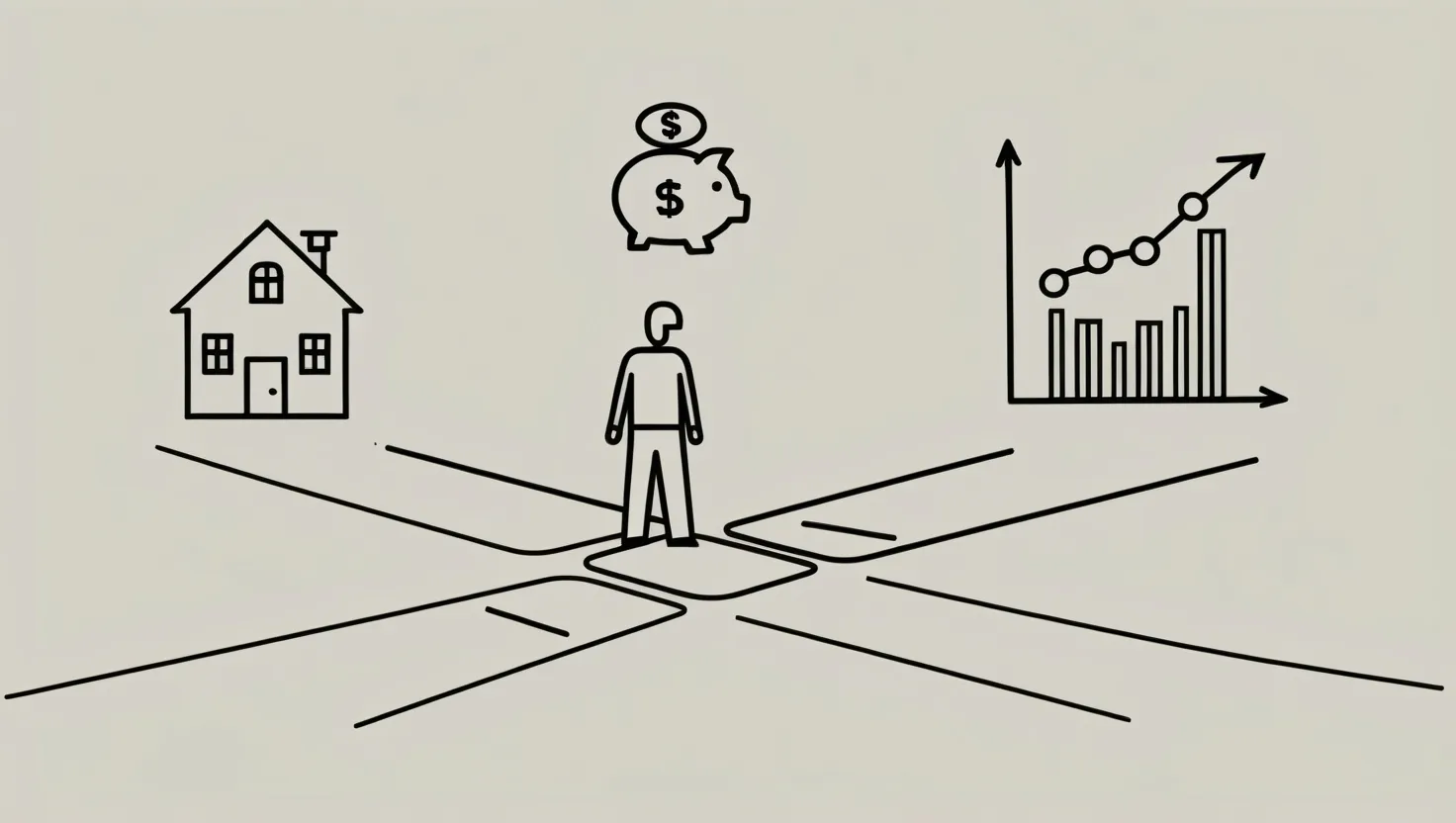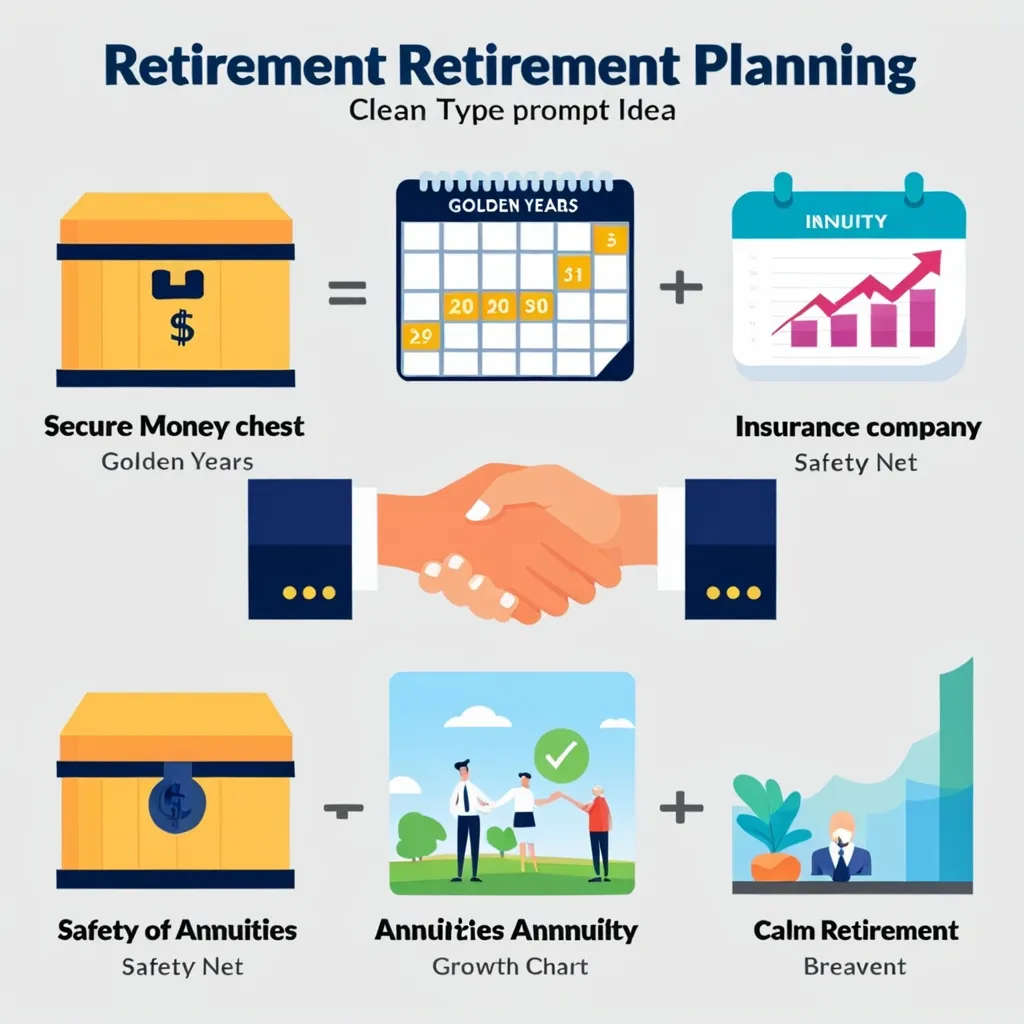Imagine a world where your investment portfolio is not just a list of numbers and assets, but a visually stunning masterpiece that resonates deeply with your brain’s aesthetic preferences. This concept, rooted in the principles of neuroaesthetics, suggests that by designing your portfolio to be visually pleasing and harmonious, you can enhance your engagement and understanding of your financial strategy.
Neuroaesthetics, the study of how our brains respond to aesthetic experiences, has shown that certain patterns, colors, and compositions can evoke strong neural responses. For instance, research has identified that the brain is highly sensitive to coherence, fascination, and hominess in architectural and artistic designs. These same principles can be applied to the structure of your investment portfolio.
When you arrange your investments in a way that aligns with your brain’s visual preferences, you create a portfolio that is not only more engaging but also easier to manage. For example, using the golden ratio in the proportion of your assets can make your portfolio more balanced and aesthetically pleasing. This ratio, often found in nature and art, has a way of making compositions feel harmonious and satisfying to the human eye.
Color schemes can also play a crucial role. Nature’s most appealing vistas often feature a palette of earthy tones and vibrant colors that our brains find inherently satisfying. Applying a similar color scheme to your portfolio can make it more enjoyable to look at and interact with. Imagine your stocks and bonds represented by a spectrum of colors that mimic the beauty of a sunset or the tranquility of a forest.
This approach to portfolio management is not just about making pretty charts or colorful graphs; it’s about leveraging the cognitive and emotional responses that these visual elements evoke. When your portfolio is visually harmonious, you are more likely to feel a deeper connection to it. This connection can lead to more intuitive decision-making, as you are naturally drawn to engage with and understand your financial strategy on a more personal level.
The brain’s response to aesthetic experiences is complex and multifaceted. Studies have shown that different brain regions are activated when we judge beauty or make approach-avoidance decisions. For example, the right lingual gyrus is involved when we experience fascination, while the left inferior occipital gyrus is activated when we judge coherence in beauty[1][3].
Applying these insights to your portfolio means considering how each element contributes to the overall visual and cognitive experience. It’s about creating a composition that not only reflects your financial goals but also resonates with your personal aesthetic preferences. This could involve using visual hierarchies, symmetry, and balance to make your portfolio easy to navigate and understand.
Moreover, the emotional and cognitive responses triggered by these visual elements can influence your behavior and decision-making. When you find your portfolio visually appealing, you are more likely to spend time reviewing it, making adjustments, and staying informed about your investments. This engagement can lead to better financial outcomes, as you are more actively involved in managing your assets.
Incorporating natural elements into your portfolio design can also be beneficial. Research has shown that exposure to natural environments can improve cognitive functioning and reduce stress. By mimicking these natural environments in your portfolio, you can create a more calming and focused atmosphere for making financial decisions.
The idea of turning portfolio management into an art form is not just a metaphor; it’s a practical approach that combines the principles of aesthetics with the rigor of financial analysis. By aligning your asset allocation with patterns and compositions that your brain finds satisfying, you are not only making your portfolio more visually appealing but also enhancing your overall financial experience.
This neuroaesthetic approach to investing is part of a broader trend that recognizes the importance of interdisciplinary collaboration between finance, psychology, and neuroscience. It acknowledges that financial decisions are not made in a vacuum but are influenced by a complex interplay of cognitive, emotional, and aesthetic factors.
In practice, this means that you might start by identifying the visual elements that you find most appealing. Do you prefer clean lines and minimalism, or do you enjoy more vibrant and dynamic compositions? Once you have a sense of your aesthetic preferences, you can begin to apply these principles to the structure and presentation of your portfolio.
For instance, you could use different colors to represent different asset classes, creating a visual hierarchy that makes it easy to see the balance of your portfolio at a glance. You might also use charts and graphs that are designed to be visually appealing, rather than just functional.
The key is to create a portfolio that feels like a reflection of you, both financially and aesthetically. When you enjoy looking at your portfolio, you are more likely to engage with it regularly, making adjustments and staying on top of your financial strategy.
In the end, this approach to portfolio management is about more than just aesthetics; it’s about creating a deeper, more satisfying connection with your financial strategy. By leveraging the principles of neuroaesthetics, you can turn portfolio management into an art form that enhances your engagement, intuition, and overall financial well-being. So, the next time you look at your investments, consider how you can make them not just financially sound, but also visually stunning – a true masterpiece that resonates with your brain and enriches your financial journey.






